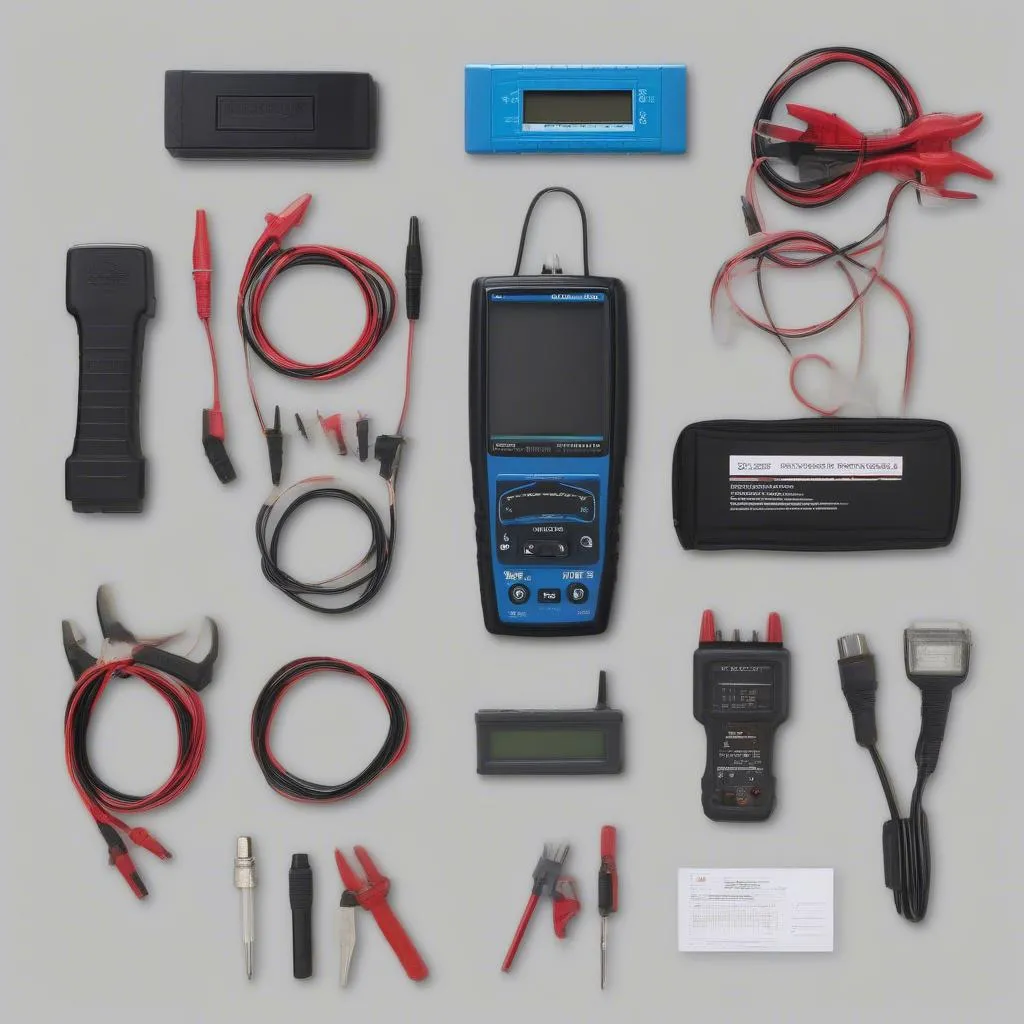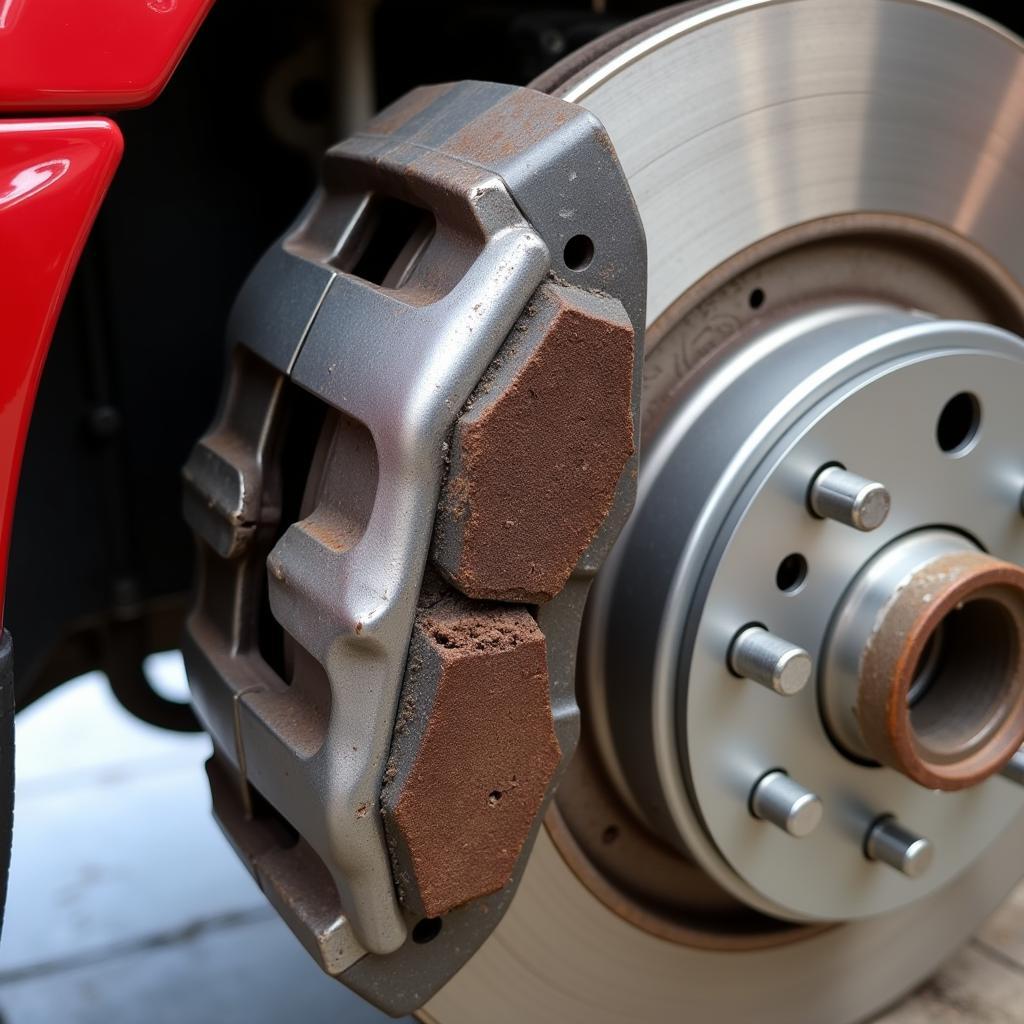Navigating the world with a newborn brings a symphony of new sounds, and sometimes, those tiny cries can be difficult to pinpoint. This is especially true when your little one is nestled in their car seat, strapped in for safety but potentially out of earshot. But what if technology could lend a helping hand, bridging the gap between a crying baby and a concerned parent? In a world increasingly reliant on smart solutions, there are innovative ways to “show where baby cries in car seat” and provide families with added peace of mind.
Understanding the Challenges of Detecting a Baby’s Cries in the Car
Before diving into the tech solutions, let’s acknowledge the common hurdles parents face. Traditional baby monitors often fall short in a moving vehicle due to engine noise, road vibrations, and distance. The car’s interior can muffle sounds, making it tricky to discern a whimper from the hum of the air conditioning.
Furthermore, rear-facing car seats, while crucial for infant safety, place the baby further away from the driver and front passenger. This distance can make it challenging to hear subtle cries, especially if other sounds, like music or conversations, fill the car.
Technological Innovations Bridging the Gap
Fortunately, innovative technologies have emerged to address this specific parental concern. Here’s a closer look at some popular options:
1. Smart Baby Monitors with Cry Detection
Modern baby monitors have evolved beyond basic audio transmission. Many models now boast advanced features like cry detection and two-way communication. These smart monitors utilize sophisticated algorithms to differentiate a baby’s cries from ambient noise, sending alerts to your smartphone or other connected devices.
Key Features:
- Cry Detection Sensitivity: Allows parents to adjust the sensitivity level, ensuring alerts are triggered only by their baby’s cries and not by other car noises.
- Two-Way Audio: Enables parents to soothe their baby remotely by speaking through the monitor, providing comfort even from the driver’s seat.
- Real-Time Video Monitoring: Some monitors offer video streaming, allowing parents to visually check on their baby and assess the situation.
2. Car Seat Sensors and Alarms
For an even more direct approach, car seat sensors offer a dedicated solution. These devices typically attach to the car seat harness or seat pad, monitoring the baby’s movements, weight distribution, and, crucially, their cries.
How They Work:
- Sound Sensors: Detect the sound of a baby crying, triggering an alarm or notification.
- Movement Sensors: Track the baby’s movements, distinguishing between regular fidgeting and distress signals.
- Weight Sensors: Monitor the baby’s weight distribution, alerting parents if the baby is not properly secured in the harness.
These features work together to provide a comprehensive system that keeps parents informed. Some advanced models even integrate with smartphone apps, offering real-time alerts, historical data logs, and temperature monitoring for added safety.
3. DIY Solutions: Utilizing Existing Technology
While dedicated baby monitors and car seat sensors offer convenience, resourceful parents can also leverage existing technology to create their own alert system.
Example Setup:
- Old Smartphone: Repurpose an old smartphone as a dedicated baby monitor by disabling unnecessary features and downloading a baby monitor app.
- Bluetooth Speaker: Pair the smartphone with a Bluetooth speaker placed near the car seat for amplified audio.
- Strategic Placement: Secure the smartphone in a visible and accessible location, ensuring the camera has a clear view of the baby.
While this DIY approach may not offer the advanced features of commercial products, it can provide a cost-effective solution using readily available technology.
Choosing the Right Solution for Your Family
Selecting the optimal “show where baby cries in car seat” solution depends on individual family needs, budget, and tech preferences. Consider these factors:
- Budget: Smart monitors and dedicated sensors vary in price, while DIY solutions offer a more budget-friendly approach.
- Desired Features: Prioritize features like cry detection sensitivity, two-way audio, video monitoring, and app integration based on your specific requirements.
- Ease of Use: Opt for user-friendly devices with intuitive interfaces and straightforward setup processes.
“As a car tech specialist, I always advise parents to prioritize safety and opt for reputable brands when selecting any device that interacts with their car or car seat,” shares automotive expert, Dr. Emily Carter. “Ensure the chosen solution is compatible with your car model and car seat type.”
Conclusion
The ability to “show where baby cries in the car seat” provides parents with invaluable peace of mind, ensuring timely responses to their little one’s needs. From advanced smart monitors to dedicated car seat sensors and even creative DIY solutions, technology offers a range of options to bridge the communication gap and enhance the safety and well-being of babies on the move. Remember to research thoroughly, compare features, and choose a solution that aligns with your family’s requirements and budget, promoting a calm and connected journey for everyone.


